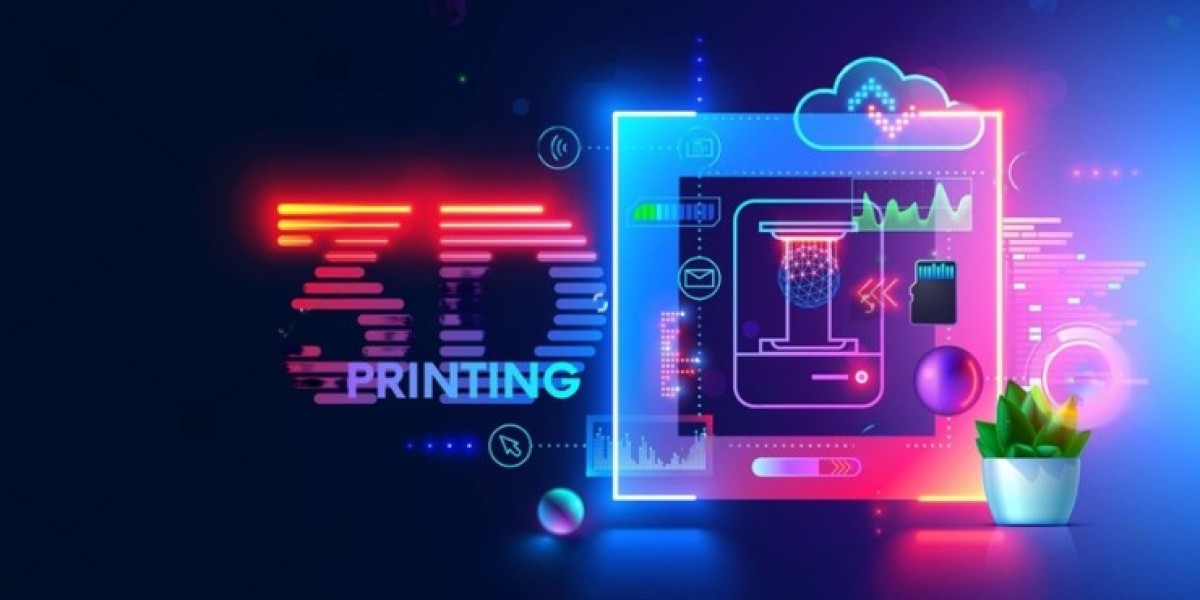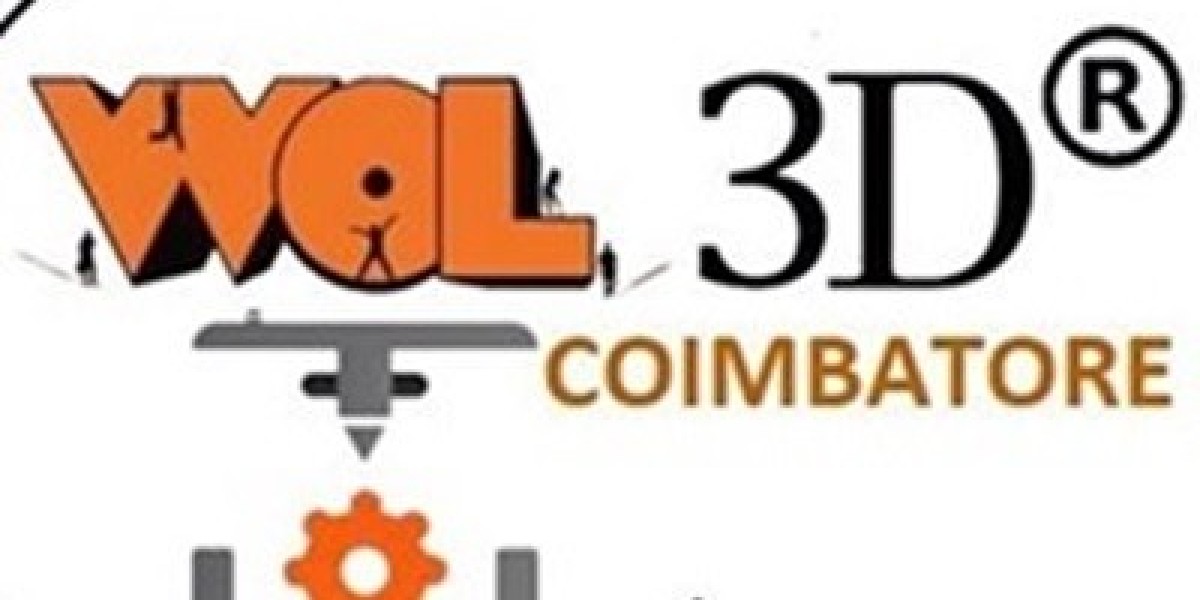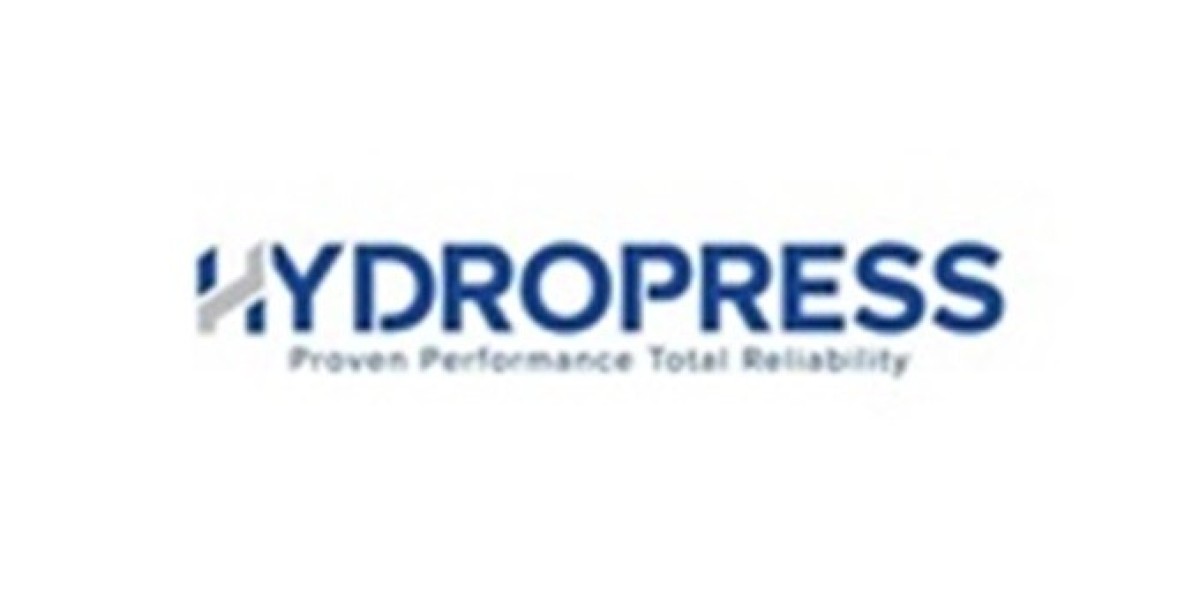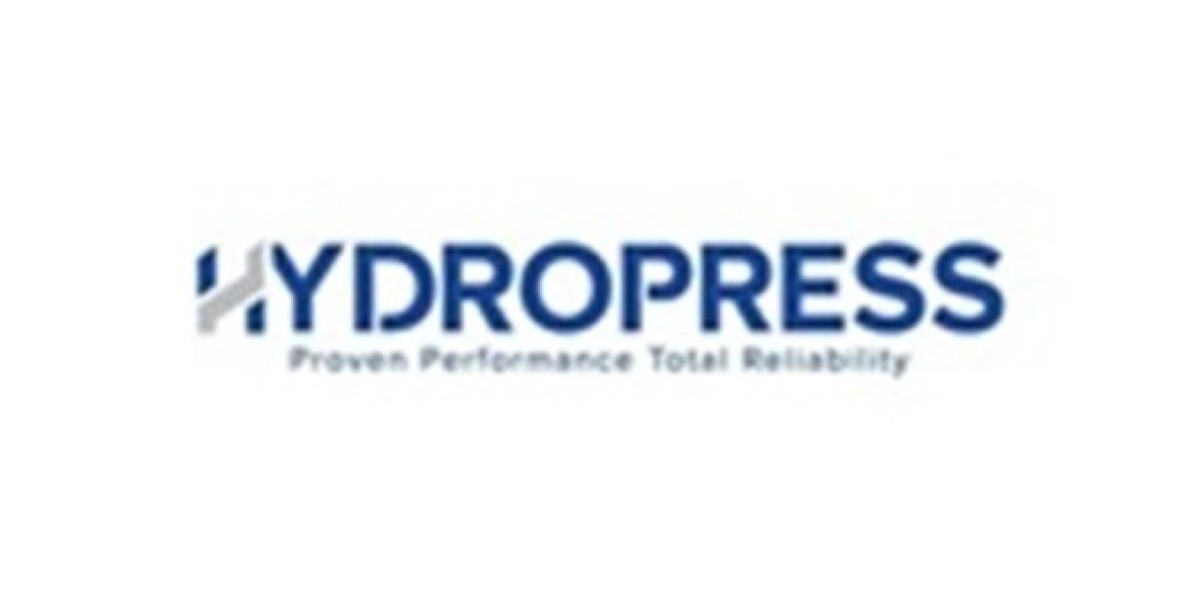Dubai’s automotive industry is rapidly embracing 3D printing for prototyping and customization. This innovative technology allows manufacturers to design, test, and refine vehicle components quickly and cost-effectively.
However, the choice of material plays a critical role in determining the durability, strength, and performance of 3D printed automotive parts. This article explores the key materials used in Dubai’s automotive 3D printing industry and their impact on vehicle prototyping.
1. Thermoplastics: The Backbone of Automotive Prototyping
Acrylonitrile Butadiene Styrene (ABS)
ABS is one of the most commonly used thermoplastics in 3D printing Dubai for automotive applications. It is known for its excellent impact resistance, flexibility, and durability, making it ideal for creating functional prototypes and interior components such as dashboards, panels, and trims.
Key Benefits of ABS in Automotive 3D Printing:
- High impact resistance
- Good heat and chemical resistance
- Easy to post-process (sanding, painting, and polishing)
- Cost-effective for prototyping
Polylactic Acid (PLA)
PLA is a biodegradable plastic made from renewable resources such as corn starch. While it is not as strong as ABS, it is commonly used in Dubai for rapid prototyping and non-functional automotive components. It is ideal for concept models and design verification before final production.
Key Benefits of PLA in Automotive 3D Printing:
- Eco-friendly and biodegradable
- Easy to print with high precision
- Suitable for concept modeling
Nylon (PA12 & PA11)
Nylon is a strong, flexible, and highly durable thermoplastic widely used in Dubai’s automotive prototyping industry. It is resistant to wear, making it suitable for functional prototypes such as gears, hinges, and under-the-hood components.
Key Benefits of Nylon in Automotive 3D Printing:
- High mechanical strength and flexibility
- Resistant to chemicals and wear
- Ideal for moving parts and functional prototypes
2. High-Performance Polymers for Advanced Automotive Applications
Polycarbonate (PC)
Polycarbonate is a high-strength thermoplastic used in Dubai’s automotive industry for applications requiring impact resistance and heat stability. It is commonly used for producing lighting components, protective covers, and transparent prototypes.
Key Benefits of Polycarbonate in Automotive 3D Printing:
- Excellent impact resistance
- Can withstand high temperatures
- Transparent and lightweight
Polyether Ether Ketone (PEEK) and PEKK
PEEK and PEKK are high-performance thermoplastics used in the automotive and aerospace industries in Dubai. They offer exceptional thermal and mechanical properties, making them ideal for producing lightweight, high-strength components for performance vehicles.
Key Benefits of PEEK/PEKK in Automotive 3D Printing:
- High-temperature resistance (up to 250°C)
- Excellent chemical resistance
- Superior strength-to-weight ratio
Thermoplastic Polyurethane (TPU)
TPU is a flexible and elastic material used for producing automotive parts requiring shock absorption and flexibility. In Dubai, it is commonly used for seals, gaskets, and vibration dampening components.
Key Benefits of TPU in Automotive 3D Printing:
- High flexibility and elasticity
- Excellent wear and abrasion resistance
- Suitable for functional parts requiring impact resistance
3. Metal 3D Printing for Automotive Prototyping
Aluminum
Aluminum is widely used in Dubai’s 3D printing industry for automotive applications due to its lightweight and corrosion-resistant properties. It is ideal for producing structural components such as brackets, engine parts, and heat exchangers.
Key Benefits of Aluminum in Automotive 3D Printing:
- Lightweight and strong
- Corrosion-resistant
- Excellent thermal conductivity
Stainless Steel
Stainless steel is used in automotive prototyping for parts that require high strength and resistance to wear. It is commonly utilized in Dubai for manufacturing exhaust components, suspension parts, and structural elements.
Key Benefits of Stainless Steel in Automotive 3D Printing:
- High mechanical strength
- Corrosion and heat-resistant
- Ideal for durable functional prototypes
Titanium
Titanium is a premium material used in high-performance and luxury automotive applications in Dubai. It is extremely strong yet lightweight, making it ideal for producing engine components, custom rims, and performance parts.
Key Benefits of Titanium in Automotive 3D Printing:
- Exceptional strength-to-weight ratio
- Corrosion and heat-resistant
- Used in high-performance vehicle components
4. Composite Materials for Automotive Innovation
Carbon Fiber Reinforced Polymers (CFRP)
Carbon fiber composites are widely used in Dubai’s automotive sector for producing lightweight, high-strength parts. 3D printed carbon fiber-reinforced polymers are ideal for structural components, body panels, and aerodynamic parts.
Key Benefits of Carbon Fiber in Automotive 3D Printing:
- High strength and stiffness
- Lightweight for improved fuel efficiency
- Excellent heat and chemical resistance
Glass Fiber Reinforced Polymers (GFRP)
Glass fiber composites offer good mechanical properties and are used in Dubai for producing durable and lightweight automotive parts such as bumpers, chassis components, and protective covers.
Key Benefits of Glass Fiber in Automotive 3D Printing:
- Strong and durable
- Lightweight and cost-effective
- Resistant to heat and impact
5. Ceramic Materials for Specialized Applications
Ceramic-based 3D printing is gaining traction in Dubai’s automotive prototyping industry, especially for applications that require heat resistance and durability. Ceramic materials are used for producing specialized engine components, exhaust systems, and braking systems.
Key Benefits of Ceramic Materials in Automotive 3D Printing:
- High heat resistance
- Durable and wear-resistant
- Used in specialized high-temperature applications
Conclusion
Dubai’s automotive industry is leveraging 3D printing with a diverse range of materials to create high-quality prototypes and customized vehicle components.
As Dubai continues to push innovation in automotive prototyping, advancements in composite and metal 3D printing will further enhance efficiency, sustainability, and design flexibility in the industry.








